Saving on a family summer beach vacation
A trip to the beach is a perfect summer getaway — and a bargain too. As long as you opt for a destination that’s off-season in summer — like the Caribbean or Arizona — you can have your pick of deals.
Travel ideas and experiences on cruises or at all-inclusive resorts, including dude ranches

A trip to the beach is a perfect summer getaway — and a bargain too. As long as you opt for a destination that’s off-season in summer — like the Caribbean or Arizona — you can have your pick of deals.
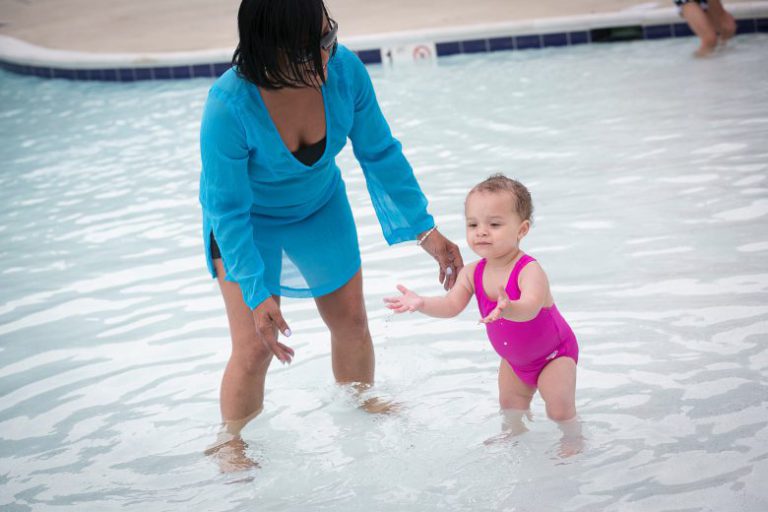
Who’s watching the kids in the pool? Someone should have eyes on them at all times — even if they know how to swim. According to new research more than 40 percent of children (5 to 17) who drowned in pools knew how to swim.
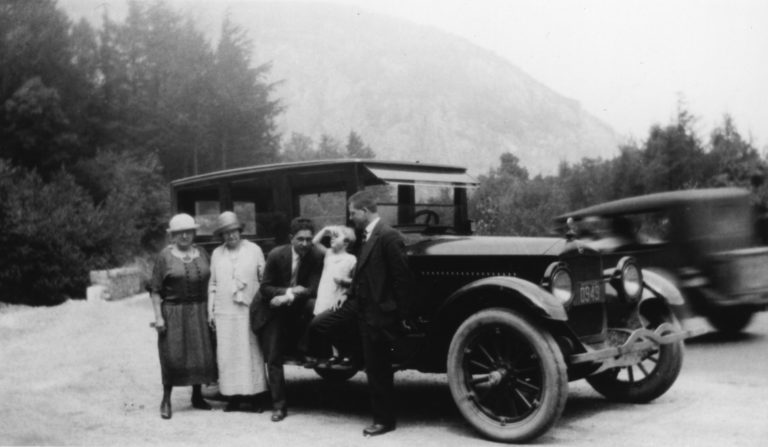
The next time your kids get in trouble in school, tell them Arthur Tauck’s story.
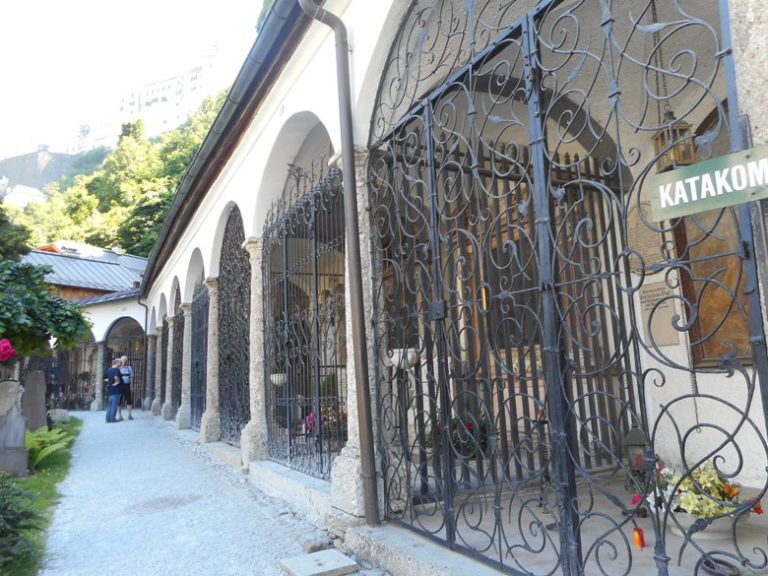
I’ve never seen a nicer bathroom onboard a river ship. It’s so spacious! It has a rain shower. And as the MS Joy boasts more suites and fewer guests than other similarly sized vessels, it is a good bet for families.
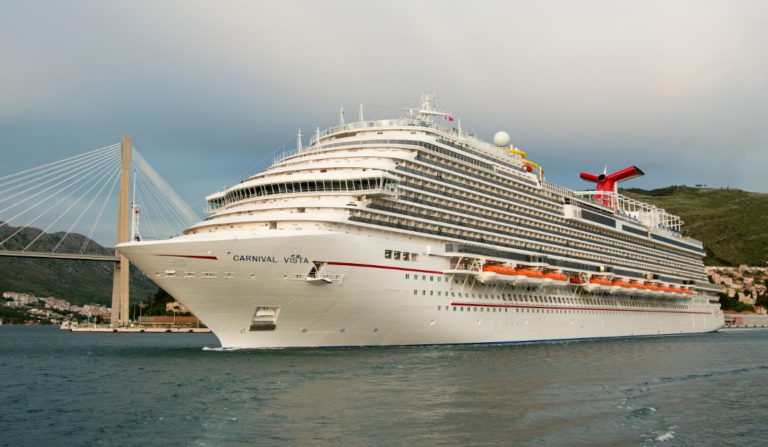
What’s first the new, super-fast waterslide, IMAX movie or SkyRide attraction? If you pick SkyRide, you get bragging rights for being among the first to ride a bike on an 800-foot track suspended 150 feet above the oceanWelcome aboard Carnival’s newest, biggest ship VISTA, with nearly 5,000 guests and 1,450 crew members.
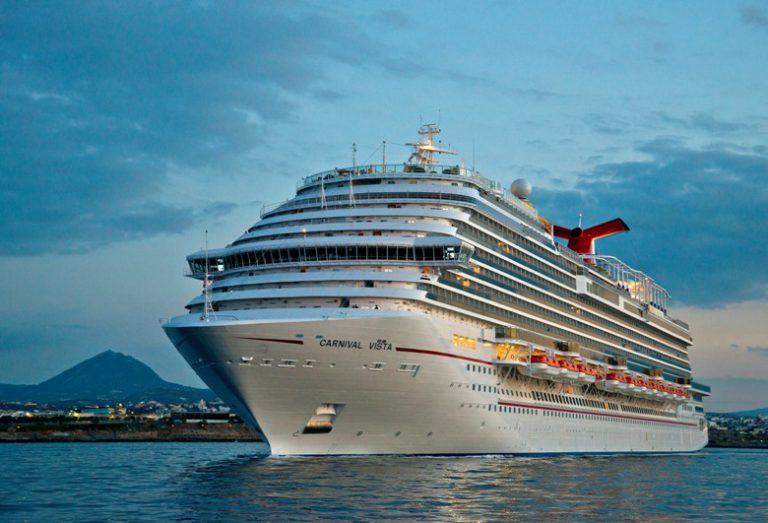
I didn’t meet anyone onboard during our trip who was nervous about traveling with their kids in Europe this summer, even though we were in Crete, less than 200 miles from where the Egyptair plane went down
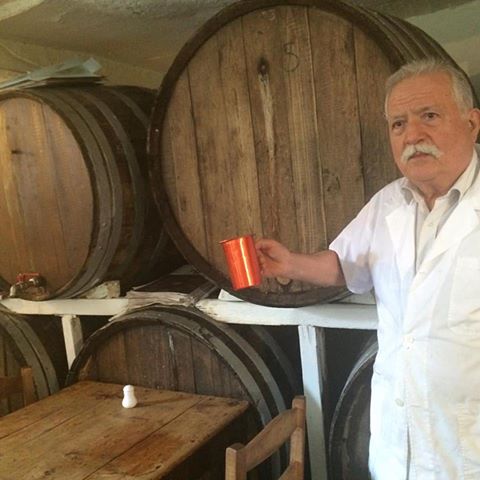
I think the way to a city’s heart—or to understand its culture—is through its food. That’s why in Athens I signed us up for a “Beyond Feta” food tour offered by Context Travel,
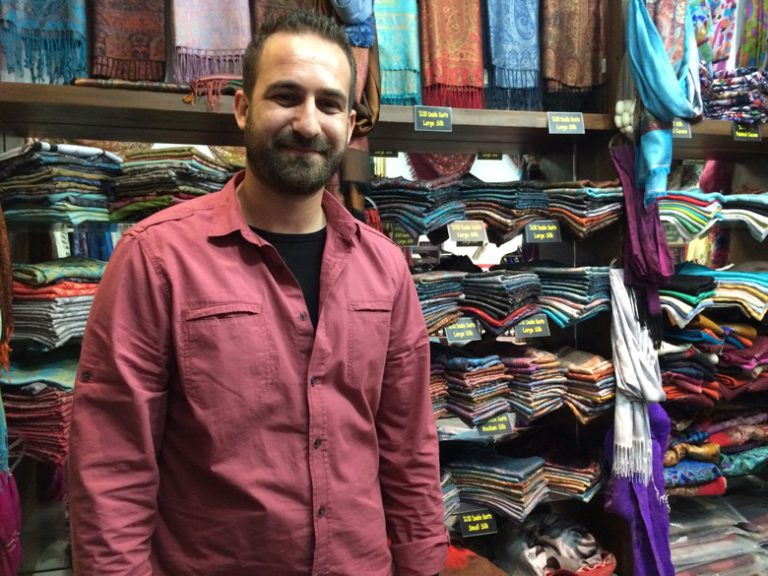
Although the US State Department has warned about travel in parts of Turkey, we are far away from the unrest and terror threats in the tiny village of Sirince not far from the famous ruins of Ephesus
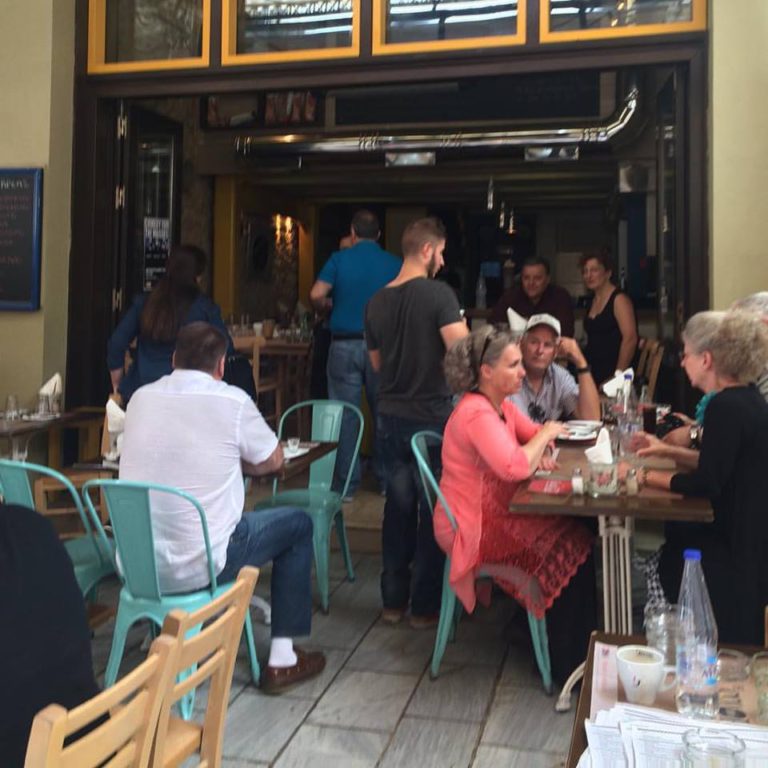
It seems as if all 4,000 passengers on the Carnival Vista, docked here, this morning are visiting Lindos, which means we’re jammed tight
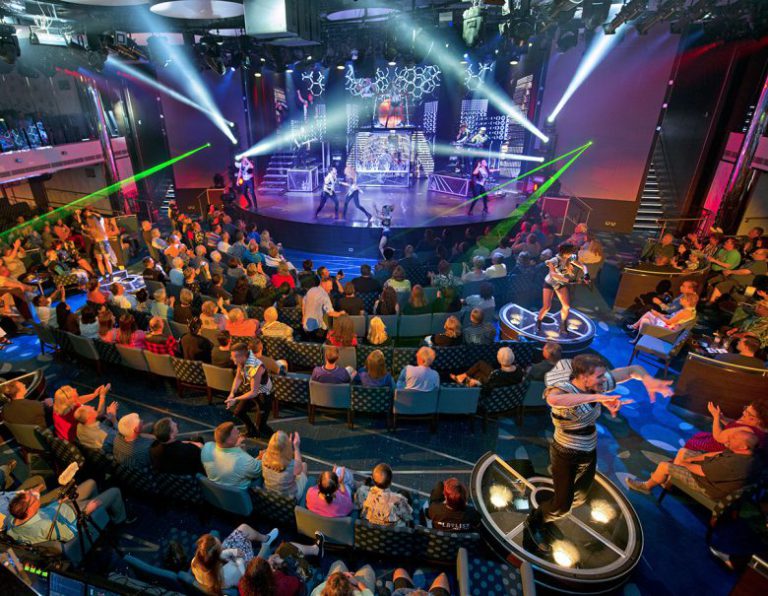
IMAX movie or Sky Ride? No, we’re not in Orlando. We’re in the middle of the Mediterranean Sea aboard Carnival’s new and largest ship VISTA.